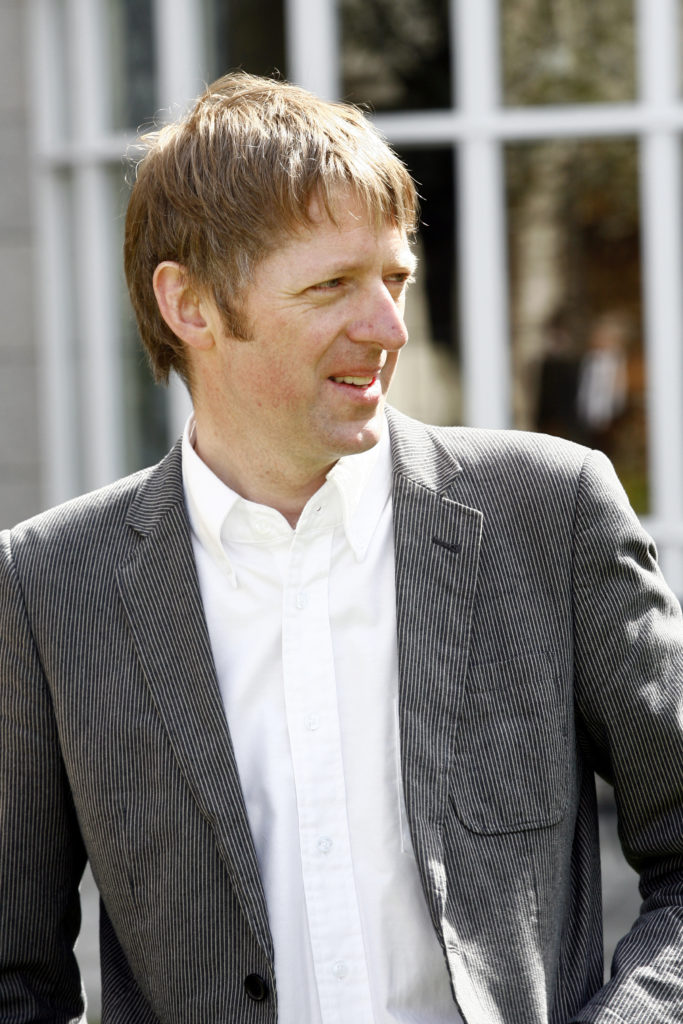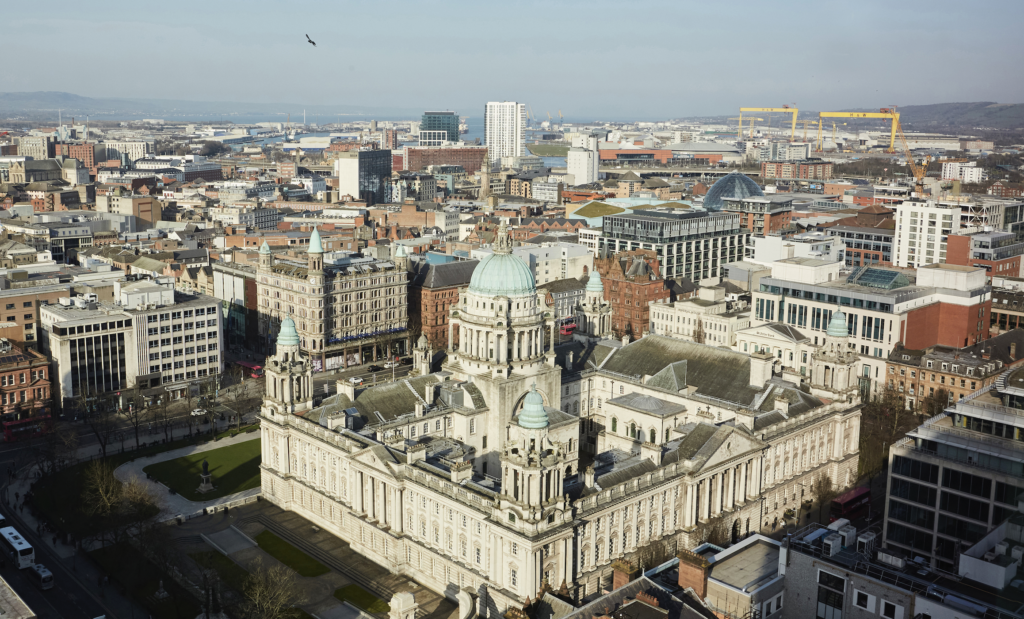BELFAST is a divided city.
That is the most conspicuous fact about it. Walls separate Protestant and Catholic working class areas and tourists come to see these walls and even to write messages on them.
The Catholics are the Irish and the Protestants British. That’s the simple version.
And among tourists and foreign journalists, sympathies generally lie with the Catholic community whose story seems to fit with the larger story of nations breaking free from colonisers, Britain, France, Portugal and Belgium.
Protestant and unionist culture and political campaigning tends to attract derision.
The pro-British unionist parties are more conservative, more inclined towards moralistic social policies and, with Irish culture being more coherent and larger now than anything specifically British, unionism is defensive and hurting.
 Author Glenn Pstterson (Pic: Mark Stedman/Photocall Ireland)
Author Glenn Pstterson (Pic: Mark Stedman/Photocall Ireland)But what is a Protestant? Many of those who grew up outside the large Catholic culture thought of themselves as British in a way that did not assert a native, Northern Irish, Protestant wariness of Irishness.
They were not members of marching orders or even of churches.
They tended to get counted in among the general Protestant population. Back in the early 1970s we used to fear that the little Catholic enclave of Short Strand, on the predominantly Protestant eastern side of the Lagan, might be overwhelmed by the hundreds of thousands of Protestants who surrounded them.
It was always a myth. Short Strand was indeed attacked several times on a small scale from neighbouring streets.
The worst it suffered, however, was from an IRA bomb which exploded in transit, destroying two houses and killing eight people.
This was presented as a loyalist/Protestant attack and only fessed up to by the IRA years later.
I became aware of the difficulty of categorising the non-assertive ‘Protestant’, the ones we called Protestants but who didn’t use that word about themselves, when interviewing the writer Glenn Patterson.
Glenn grew up down the road from me, on the other side of the Finaghy railway bridge, in the area I was careful to avoid after the Troubles started. For a time my home estate was barricaded against people from there.
 A view of Belfast City and River Lagan (Pic: Tourism Ireland)
A view of Belfast City and River Lagan (Pic: Tourism Ireland)Glenn writes wonderful novels about life in Northern Ireland.
My favourite is Number 5, an imagined history of a house. He also writes non-fiction, his latest being an account of the IRA’s raid on the Northern Bank in 2004, at that time the biggest bank robbery in British history.
There was a prejudice in the Irish air that the best writers were Catholics who, being native Irish (another prejudice) had their roots in the same cultural soil as Seamus Heaney and Frank O’Connor.
Somehow great Protestants like Sean O’Casey and WB Yeats got overlooked in this theory.
But I was given the task of interviewing Glenn to tease out what a Protestant writer was and I got nowhere in that line of enquiry.
He was doing what he would have been doing, thinking thoughts he would have been thinking, if he had grown up in Halifax or Hull.
He wasn’t asserting Britishness. He was just living it and seeing more to Belfast than the division, though that too.
I think some Belfast writers like Jo Zebedee and RB Kelly are attracted to fantasy and SciFi to explore familiar issues without the backdrop of the local sectarian culture.
The outstanding example of a recent novel that satirises the Catholic nationalist tradition is Milkman by Anna Burns. It depicts life in a Belfast Catholic community as bizarre and deluded.
Milkman won the Booker.
Jan Carson similarly questioned her own background in her last novel Raptures, representing life in a rural evangelical culture.
We are currently experiencing a remarkably fruitful period in Northern Irish fiction.
Wendy Erskine’s new novel, Benefactors, unveils social, gender and class divisions in a very familiar Belfast with hardly any reference to sectarianism.
It is the story of Misty, a teenage girl who is raped by young men she had imagined were her friends, in circumstances which a policeman describes as not entirely consensual and not entirely non consensual.
Misty, we feel, has to be saved from herself as much as from others.
Much as Belfast expresses itself geographically and culturally as riven by identity concerns, there is little suggestion of that now in the city’s literature. Writers are not taking sides.
New work is not in contention with those traditions. It is just writers moving on.
A couple of years ago Rosemary Jenkinson wrote an article for Fortnight Magazine accusing fellow writers of being obsessed with the Troubles and proclaiming her determination to be different.
She offended so many writers that she was dropped by her publisher, which was an excessive response.
She said we (I was included in her scattergun derision) were ‘feasting on the dead corpse of the Troubles more than ever’ and that we were no more able to move on from the past than were our politicians.
But it makes no sense to argue that the violent past and the sectarian divisions should be ignored but there are many writers here who have other things on their minds.

